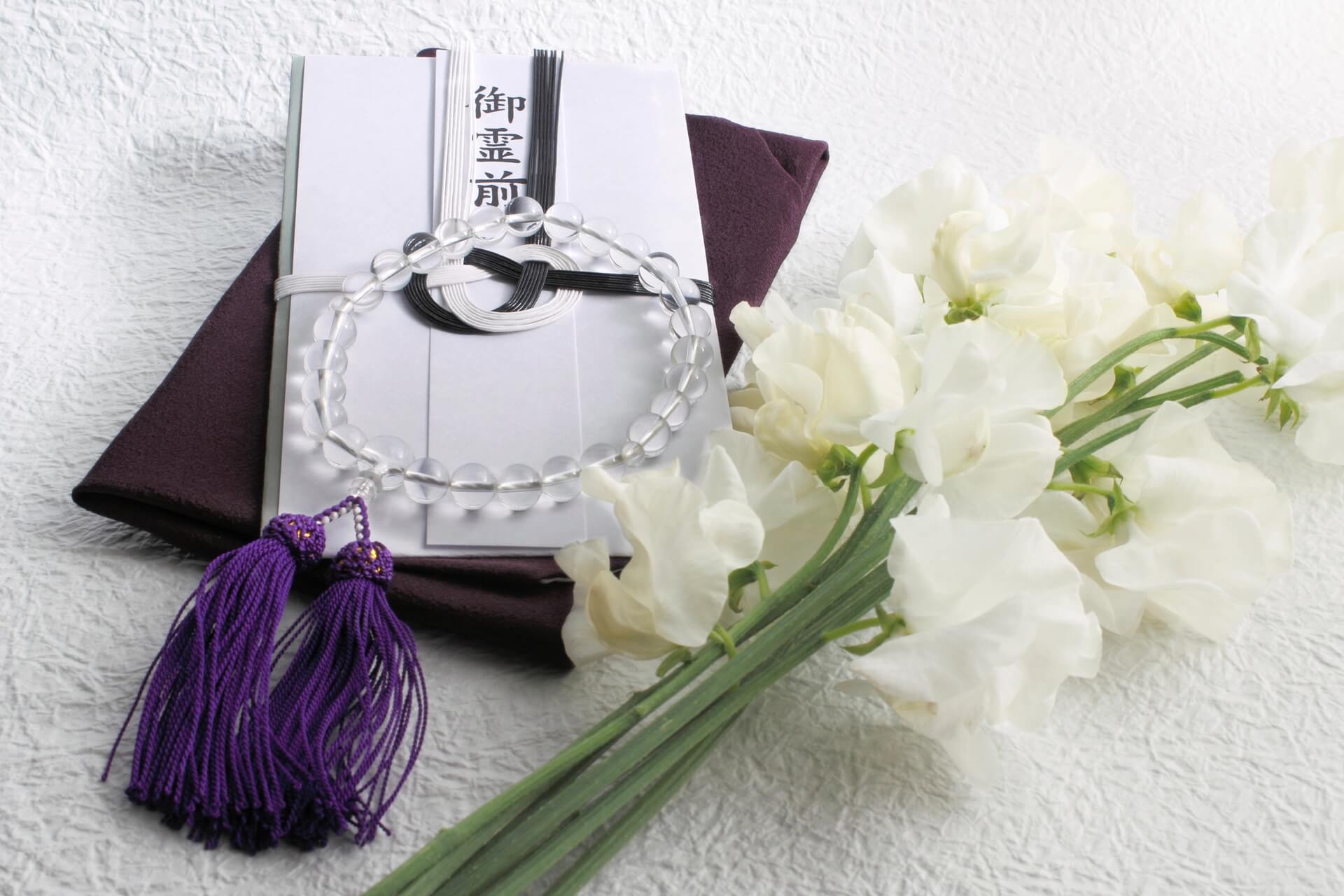
Last Updated: 19 Jul 2025 1. Balancing Act 【Column: Leap Before You Look】
It was a shock to hear about the passing of a client of mine 10 days ago, although it wasn’t exactly 寝耳に水 (out of the blue) since I was there at the emergency room providing extracurricular medical interpretation (I am by no means a medical interpreter) when he fell ill about 2 months ago during his routine business trip to the US. I decided to attend theお通夜 (wake) and お葬式 (funeral) in Tokyo, and when I shared my intention to one of his business associates in the US, he said he was also going to go. I assured him I would fill him in with the cultural do’s and don’ts surrounding the ceremonies.
What I didn’t realize was how much I was 大風呂敷を広げる (talking big) when I said that. There was a lot I had to learn myself. Before I left for Japan, I scrambled and made some purchases via Amazon Japan for things such as 香典袋 (condolence money envelope) and 数珠 (prayer beads) to be delivered to the hotel in Tokyo I would be staying. After I arrived in Tokyo, I realized I would also need a pen which writes not in jet black but in grey (薄墨). But thank Buddha, so to speak, I found out I could buy such a pen at a regular コンビニ (convenience store). Then, the dress. I brought two black dresses thinking one of them should work, but I’m afraid both were a bit on the short side. My knees were showing and that made me so self-conscious. I’m sure they can pick me in the police lineup as someone who’s not exactly Japanese anymore after living in the US for a long time. I did not see anyone 眉をひそめる (raising eyebrows), but you never know – Japanese are known for not showing their real feelings. I studied up how to do お焼香 (offering of incense) on YouTube, so I was able to pretend I knew more, except I was thinking about the forms and the rules too much to pray for the deceased from my heart.
A huge revelation came the next day at the funeral. The two of us who traveled from the US were treated like VIPs and did things reserved only for the family and the relatives. After filling the casket with flowers, we followed it to the crematory, where お坊さん (monk) once again chanted and the casket was slid into the furnace. We returned to the waiting room where we sipped tea. I realized what we were “waiting” for when we were called back to the crematory where we picked the deceased’s bones and placed them in an urn (収骨). So in Japan, people are so polite that they wait until someone passes to pick a bone (with them). During 収骨, we were shown his 喉仏 (second vertebra or C2, not to be confused with Adam’s apple also known as 喉仏) which resembles Buddha sitting in lotus position in prayer. Apparently, they know the exact temperature at which to “bake” in order to preserve C2 in perfect condition. The relatives admired this perfect 喉仏 saying how perfectly it had been preserved and that was all because he was such a virtuous person. We had 精進落とし (meal after the funeral) which included sushi and sake – apparently, it is OK to have alcohol and not eat vegetarian. I was expecting to receive お清めの塩 (purification salt) to use at the threshold upon returning home, but we didn’t. I found out that it is more the custom of Shintoism than Buddhism (although the two often cross over). In other words, death is regarded as something requiring purification in Shintoism but not in Buddhism.
I’m writing this sitting in the airport lounge at SFO at the end of a super abbreviated trip (4 nights 5 days) to Japan. The trip made me reexamine where I stand culturally. There’s a place where two cultures meet and vibrate in a curious frequency and that’s where I tiptoe around thinking I better get used to this. This is my balancing act.
Related articles
23. Cho-Cho San【Column: Leap Before You Look】
Somehow, I am strongly attracted to Puccini’s opera, 蝶々夫人 (Madama Butterfly). I have been to m
22. Dare to be Barefoot【Column: Leap Before You Look】
One thing I never 屈服する (gave in to) while living here in the US for many years is to wear shoes insi
The culture component and why it matters in management
Let me start with what might at first appear to be a personal story unrelated to cross-cultural mana




